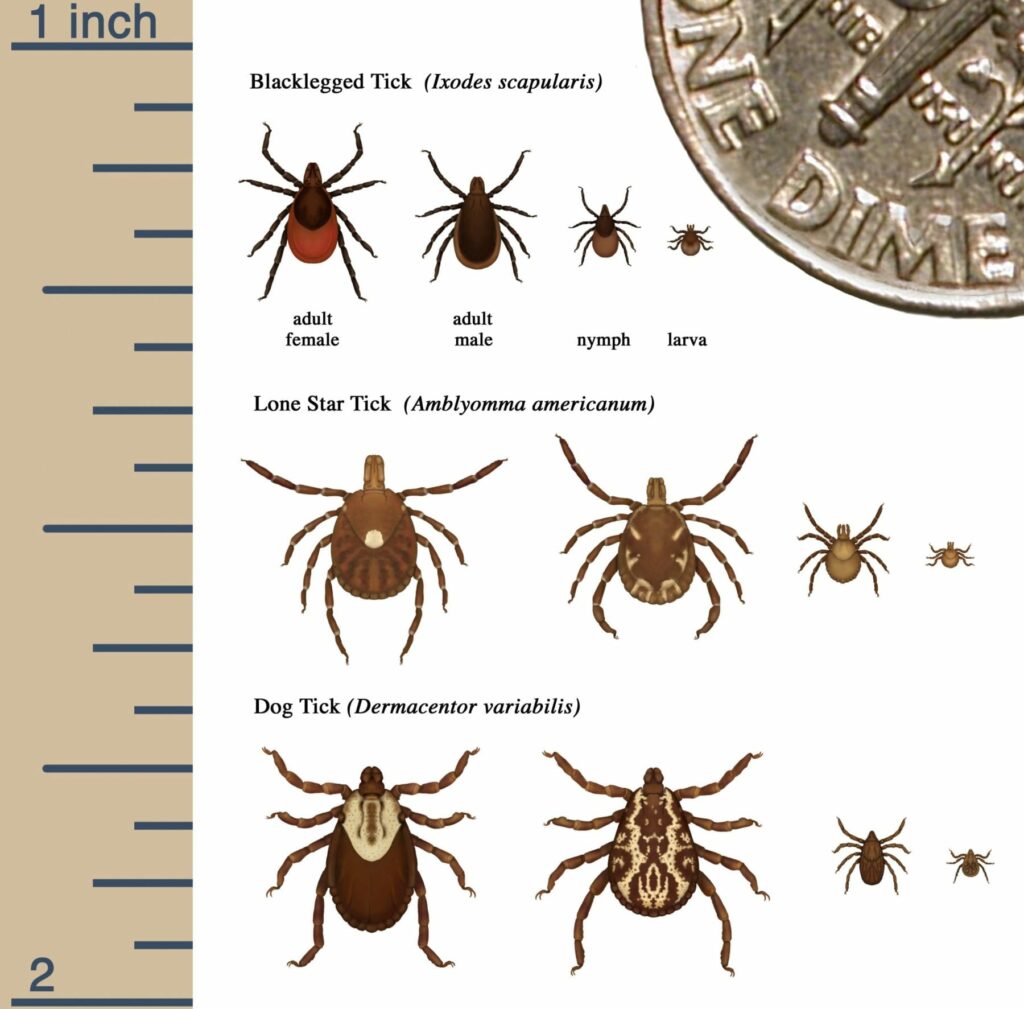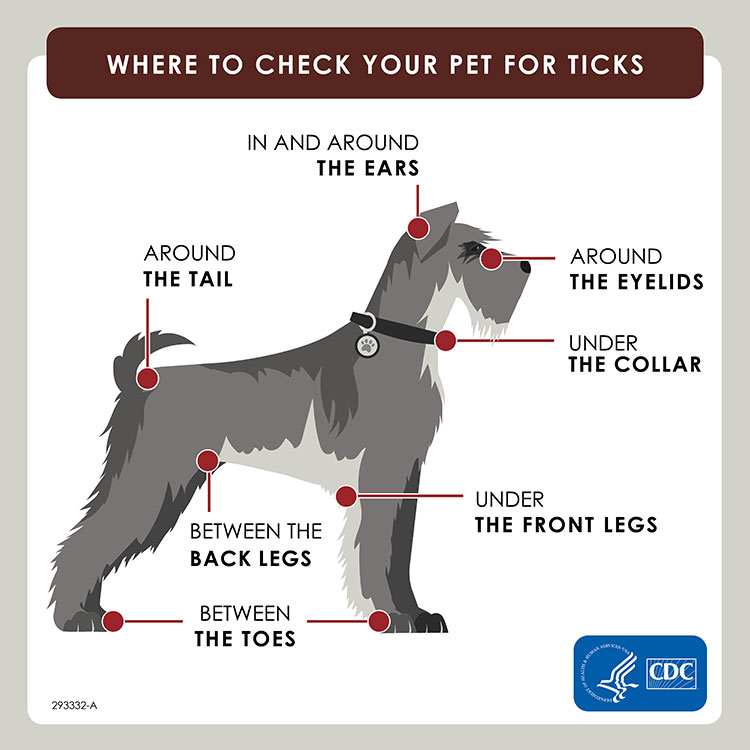Tick and flea activity picks up in the fall before the first frost hits. For fleas, seventy degrees is the ideal temperature to hatch. While fleas can survive in many climates, the worst time of year for these pesky critters is late spring through winter, with the seasonally worst months for flea infestations occurring in September, October, and November (“A Dog Fight Against Flea Infestation”). During the fall, ticks tend to latch on for one last meal before hibernation. Adult ticks are most active from March to mid-May and from mid-August to November (“Be Tick Free”). Blacklegged ticks, also known as deer ticks, enter their adult stage when the season changes from summer to fall and usually become abundant in October and will remain active as long as the temperatures are above freezing (“TickEncounter”).
Over the past 22+ years of selling Bug Off Garlic for Horses and Dogs, we have heard through customer feedback the importance of increasing the amount of Bug Off given during the fall. Double or triple your dose of Bug Off Garlic this fall to protect your dogs and horses from these pests looking for one last meal before hibernation!
Fleas & Ticks


Fleas and ticks can live in piles of debris like leaves and sticks and tall grasses and can spread from animal to animal (“Fleas and Ticks”). Fleas can also attach themselves to your pet from your lawn or garden and can be found in the furniture and carpet of homes where infected pets live.
You will notice your pet itching constantly if they are infected with fleas. You may notice red spots on them as well from the flea bites and you may be able to see the fleas on their stomach or in the folds of their skin.

It is important to check your horses and dogs for ticks after a walk or hike. Brush your animal with a fine-tooth comb. It is best to do this right after the walk while the ticks are still finding their spot to embed. Feel for any ticks while grooming and when bringing your horse in for the night. Prime areas to search are the head, ears, neck, mane and tail. Check dog beds, horse blankets, and any furniture your pets are on for ticks as well.
To help keep your pets pest free this fall, follow these tips:
- Keep your lawn cut.
- Dispose of piles of leaves.
- Be cautious with your pet around unfamiliar pets and animals.
- Check your pets after a walk or hike. Dig through their fur to feel for any bumps.
- Add in Springtime Bug Off Garlic for Dogs to provide a 24-hour shield against fleas, ticks, flies, mosquitoes, and more.
- If you have already been giving Bug Off Garlic to your dog or horse, fall is the time to double or triple the dose.
- Add in Springtime Diatomaceous Earth if you see any fleas on your pet or in your house.
Works Cited
“A Dog Fight Against Flea Infestation.” Petco, www.petco.com/content/petco/PetcoStore/en_US/pet-services/resource-center/health-wellness/A-Dog-Fight-Against-Flea-Infestation.html.
“Be Tick Free – A Guide for Preventing Lyme Disease.” The Official Website of New York State, New York State Department of Health, www.health.ny.gov/publications/2825/.
“Fleas and Ticks in the Fall.” National Animal Supplement Council, 12 Oct. 2016, nasc.cc/dog/fleas-ticks-fall/.
“Preventing Ticks on Your Pets.” Centers for Disease Control and Prevention, Centers for Disease Control and Prevention, 10 Jan. 2019, www.cdc.gov/ticks/avoid/on_pets.html.
“TickEncounter Resource Center FAQ.” TickEncounter Resource Center, University of Rhode Island TickEncounter Resource Center, tickencounter.org/faq/seasonal_information.
“Ticks: What Are the Risks in Northern New England?” UVM Medical Center Blog, University of Vermont Medical Center, 10 Sept. 2018, medcenterblog.uvmhealth.org/infectious-disease/ticks-northern-new-england/.
